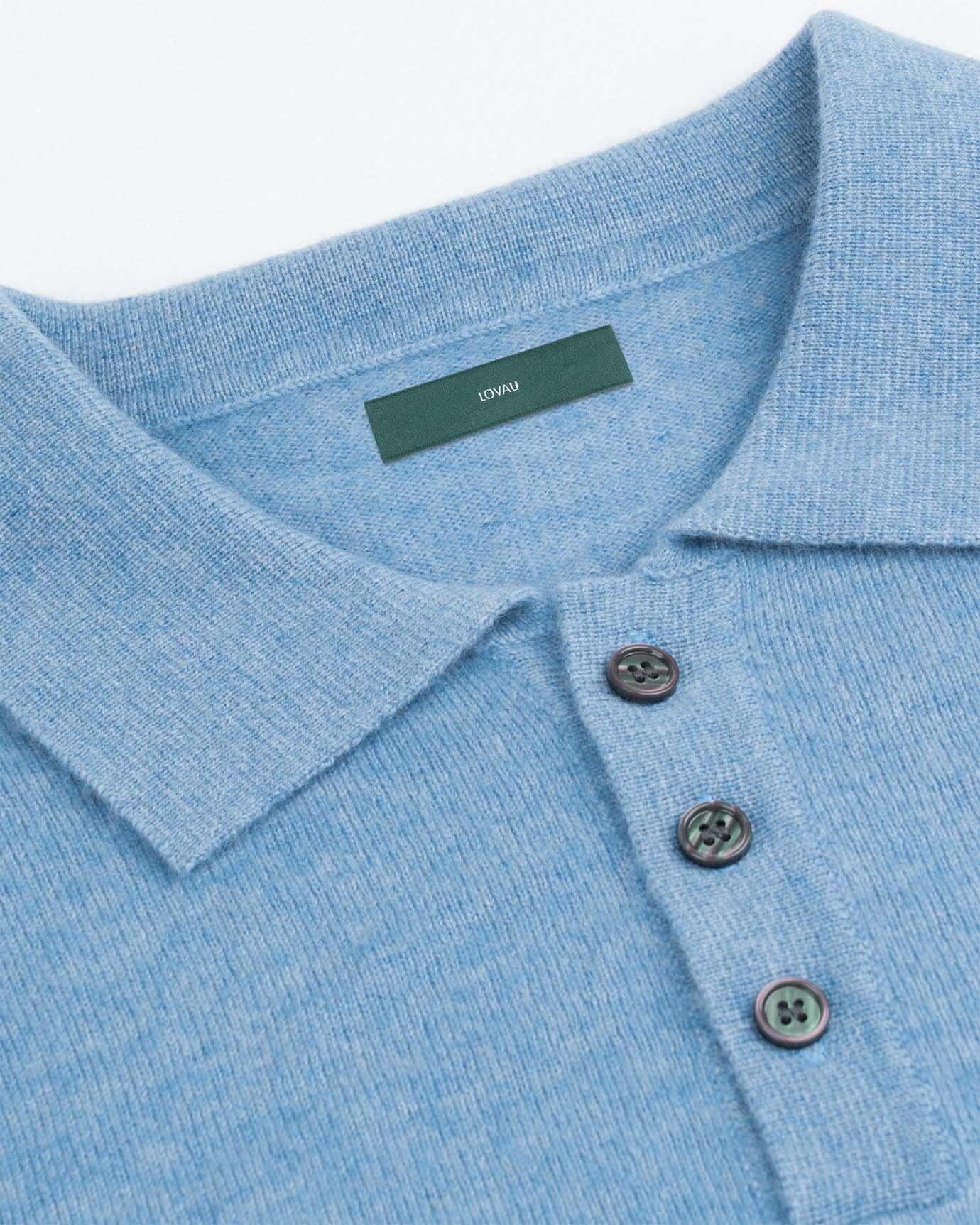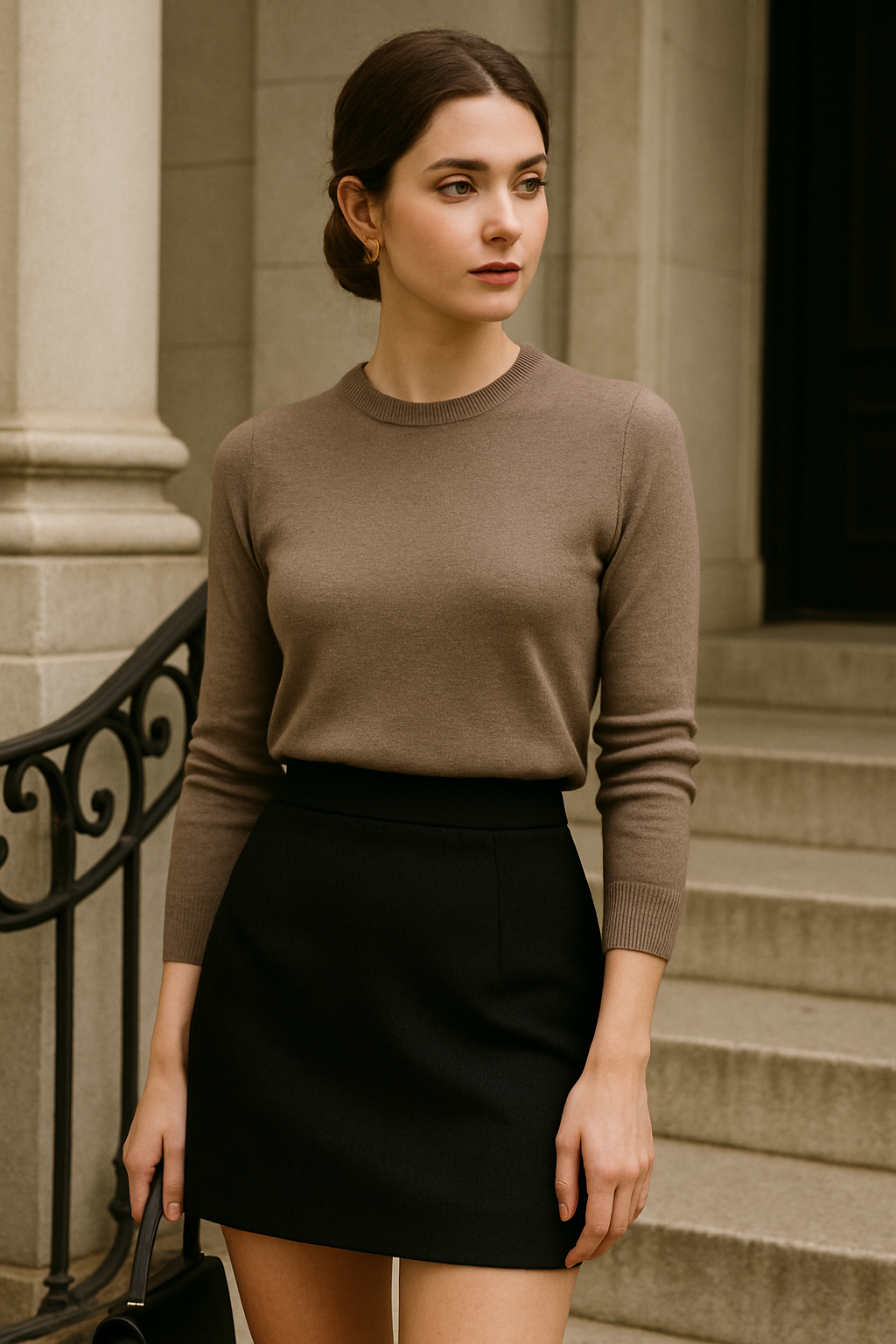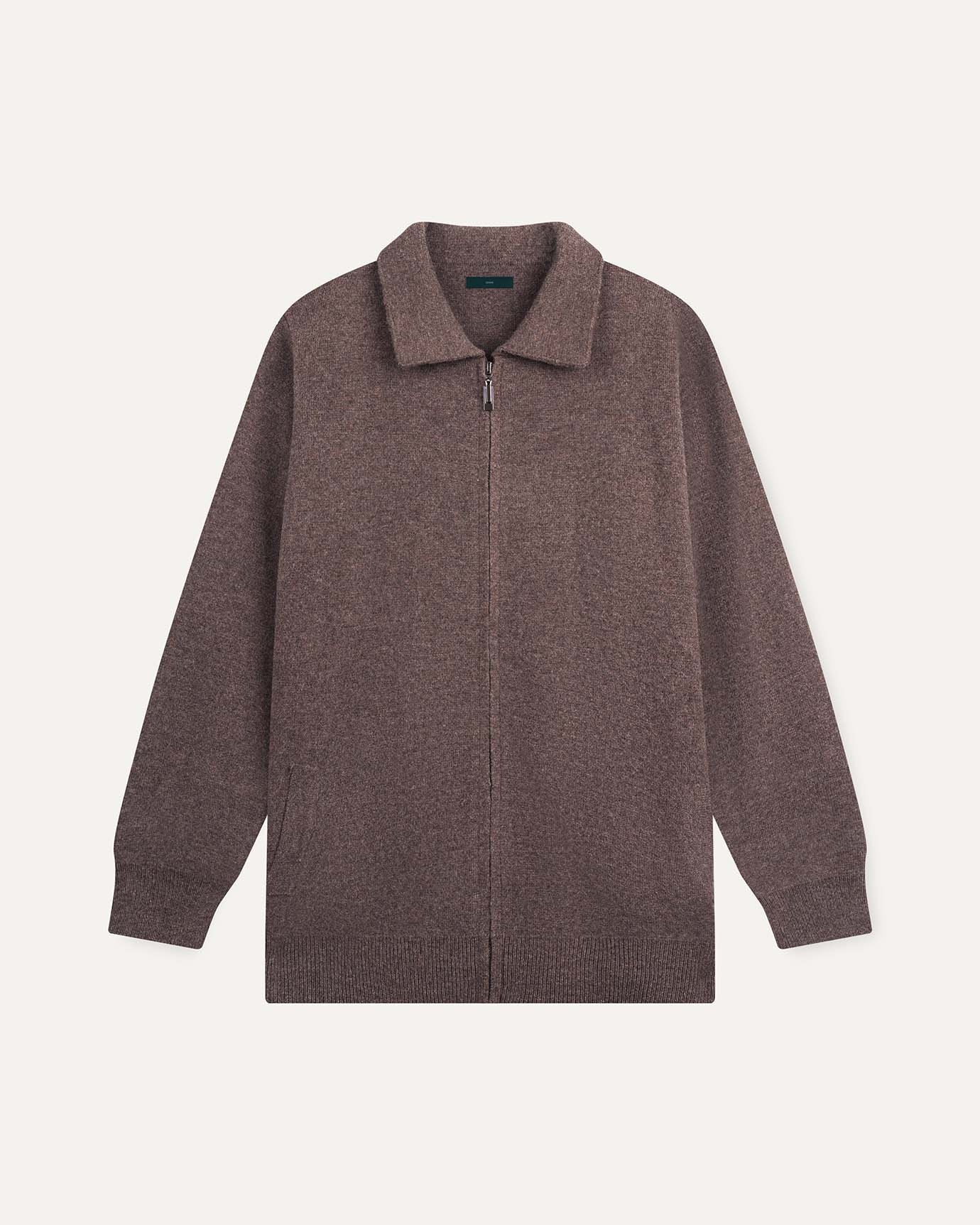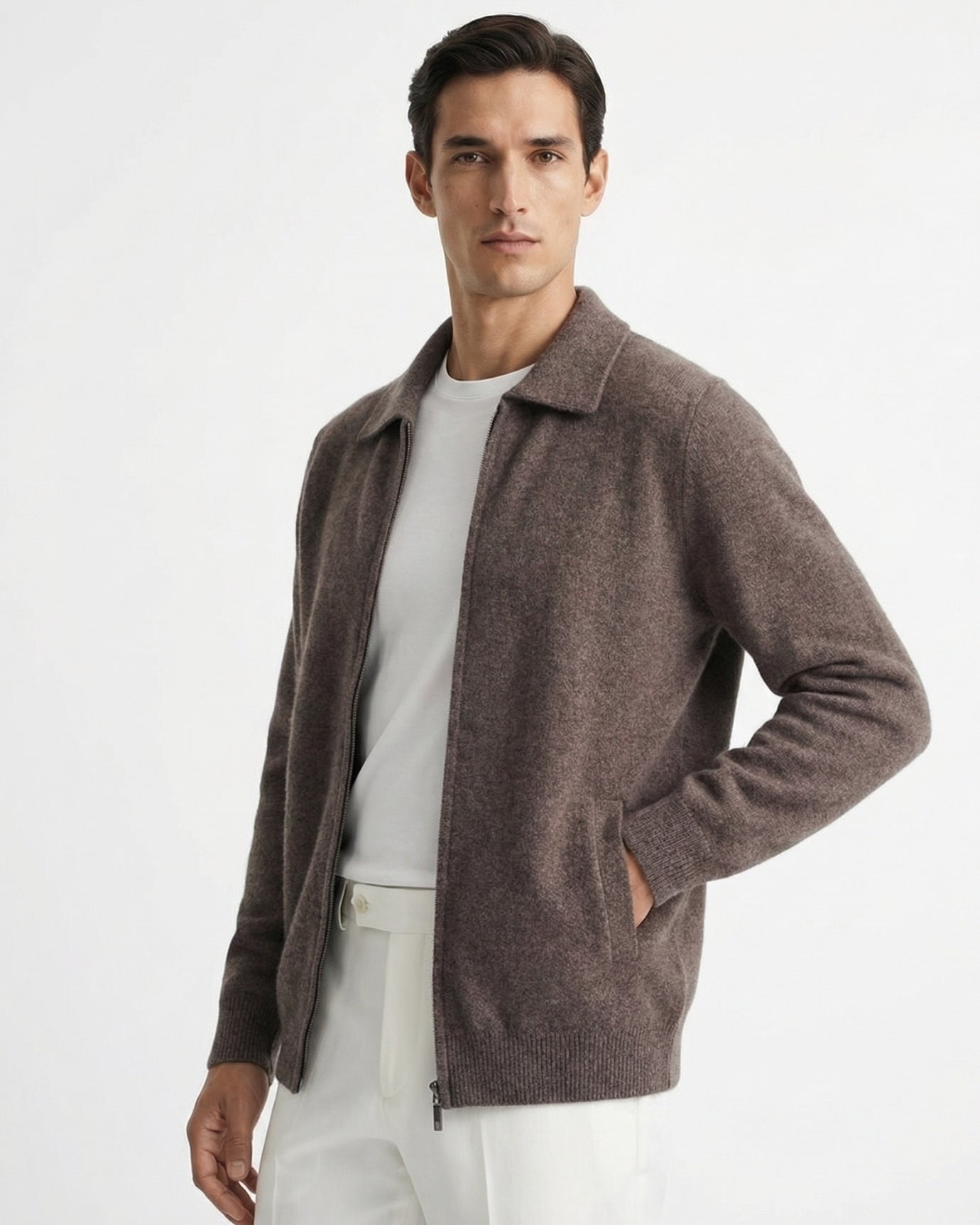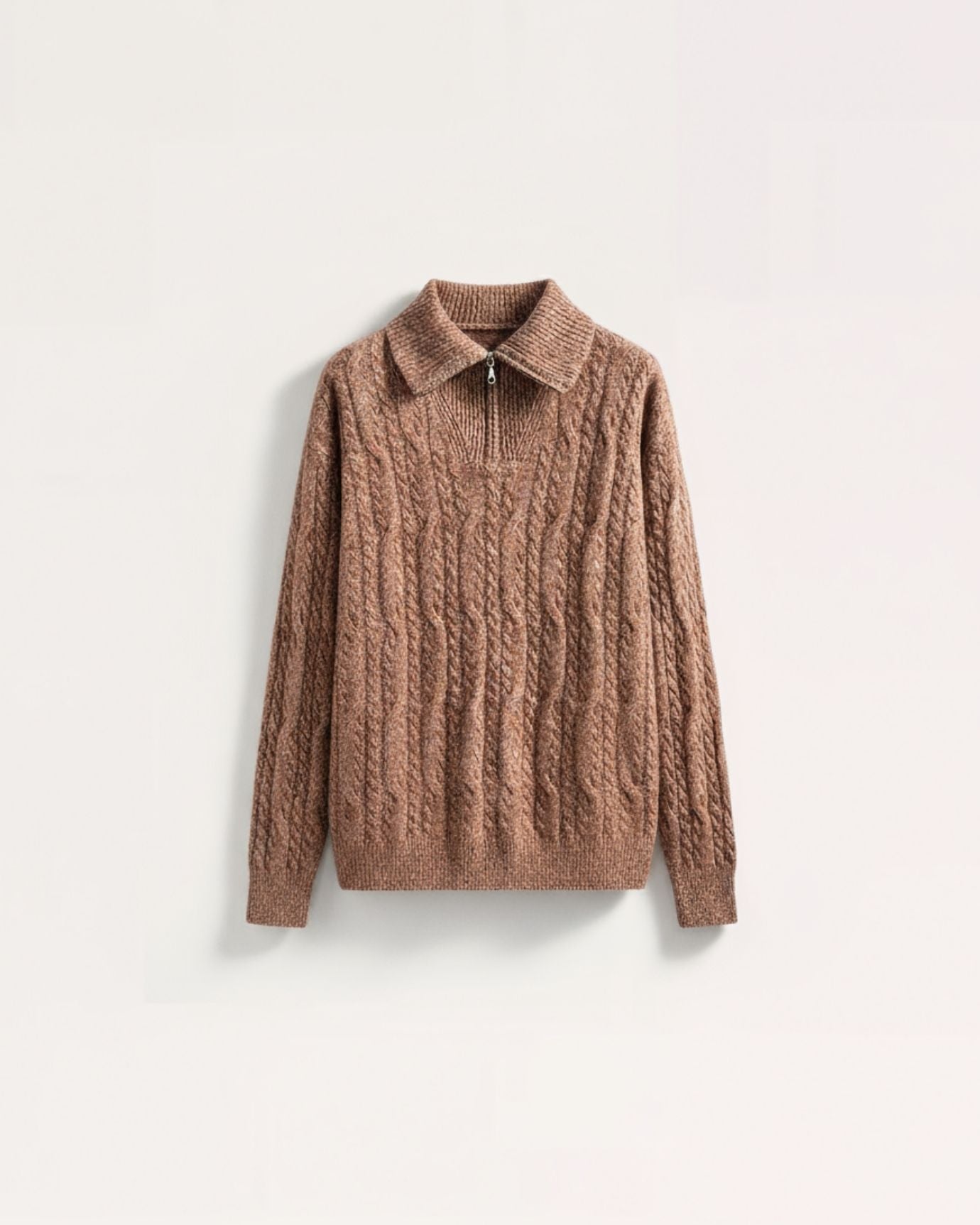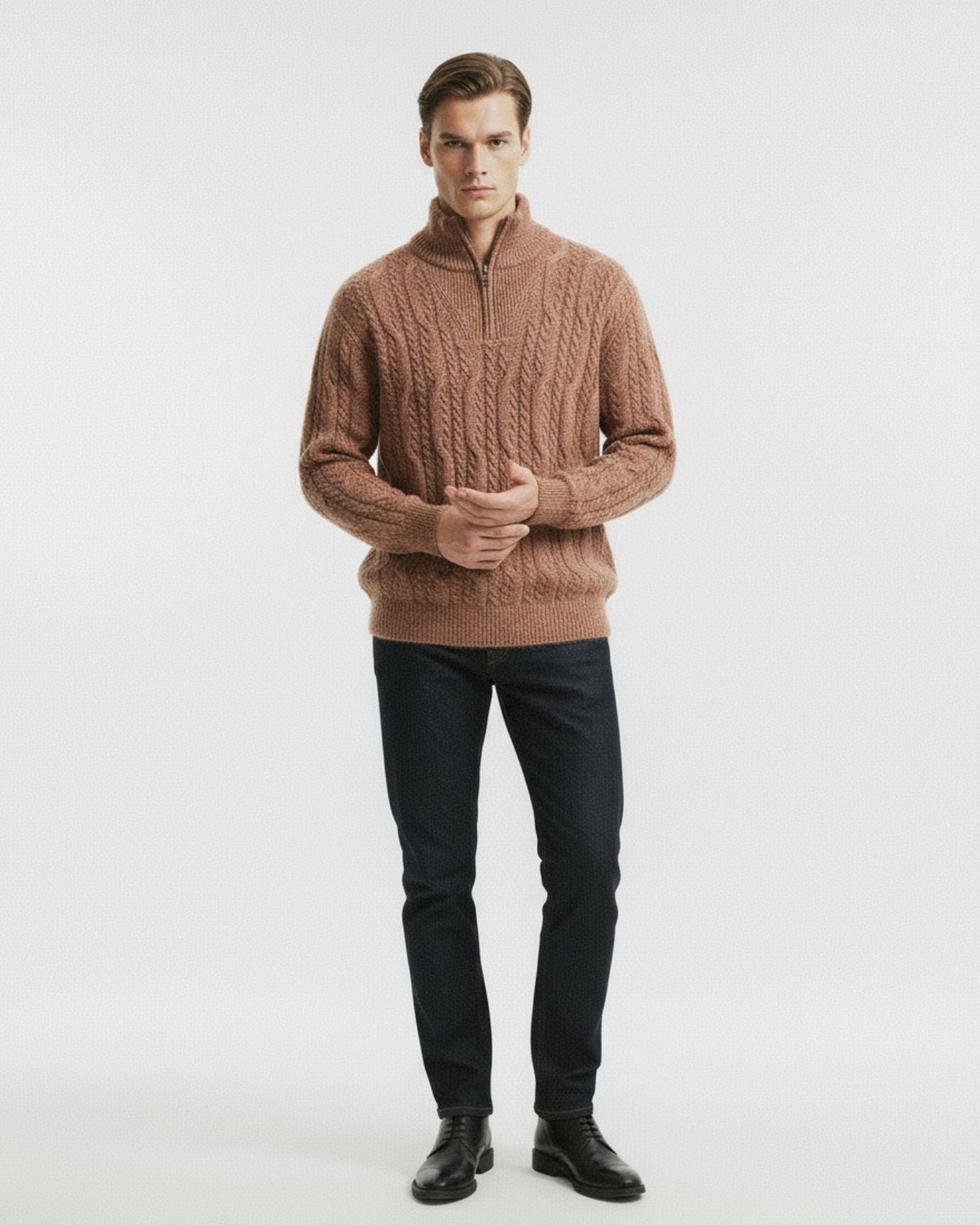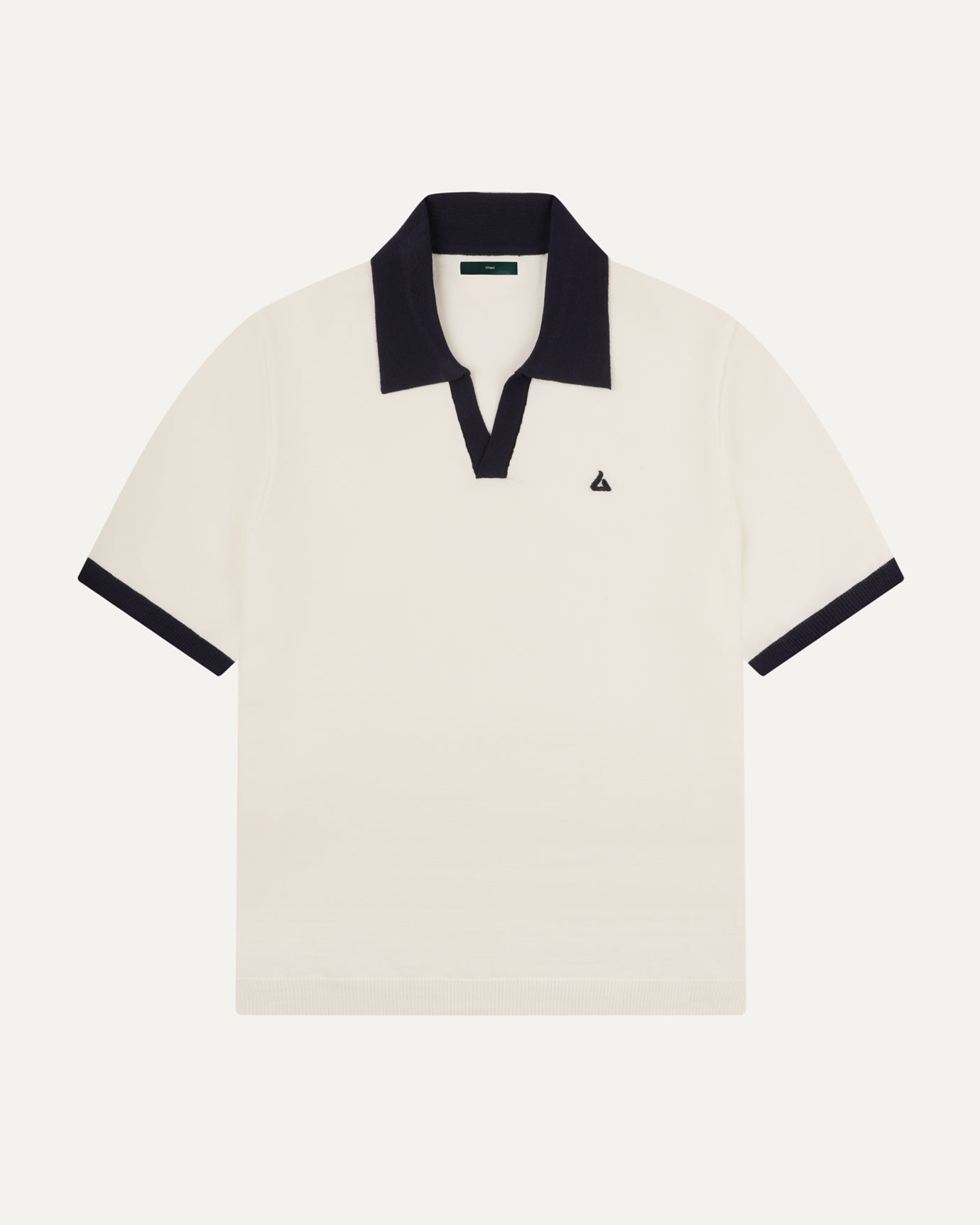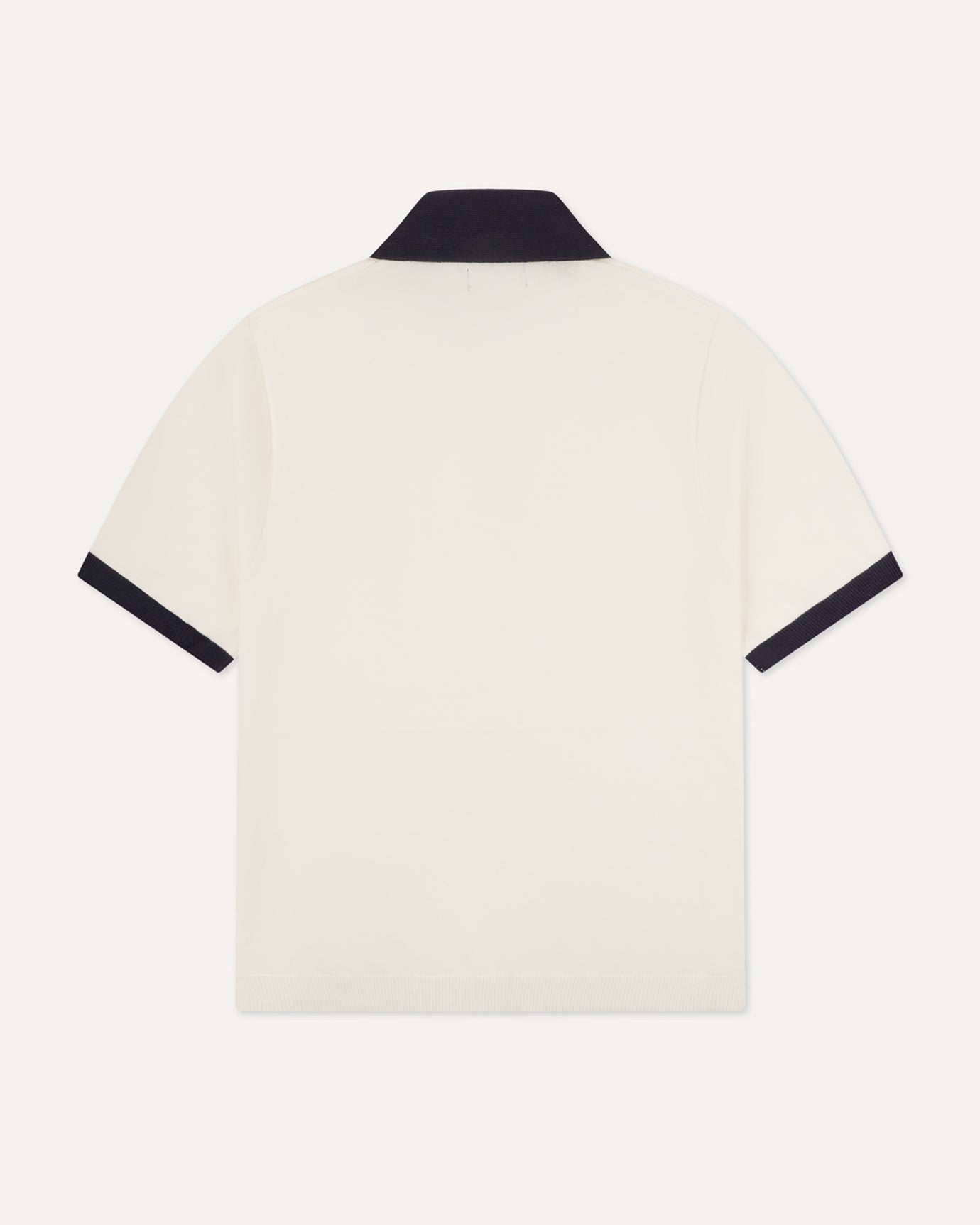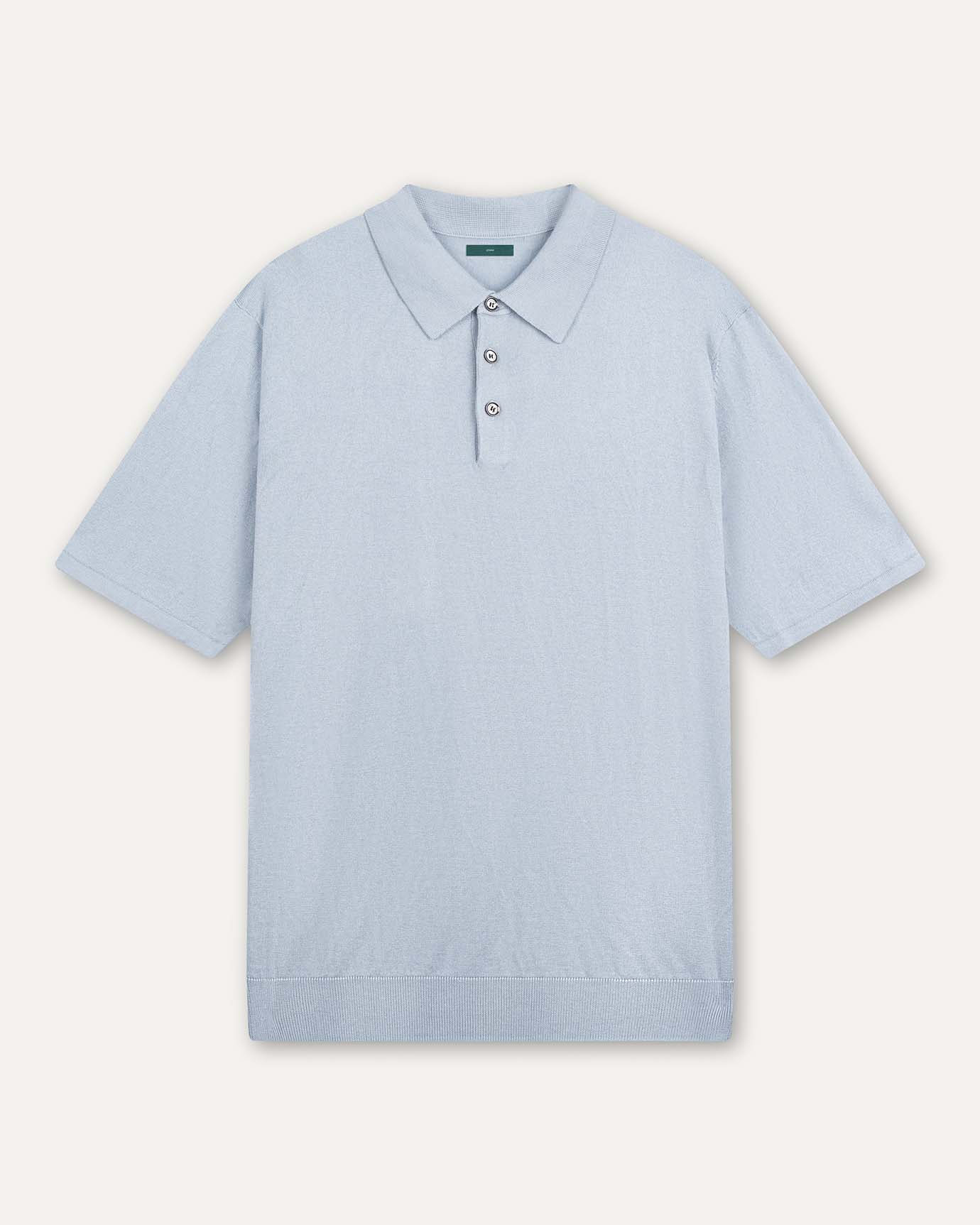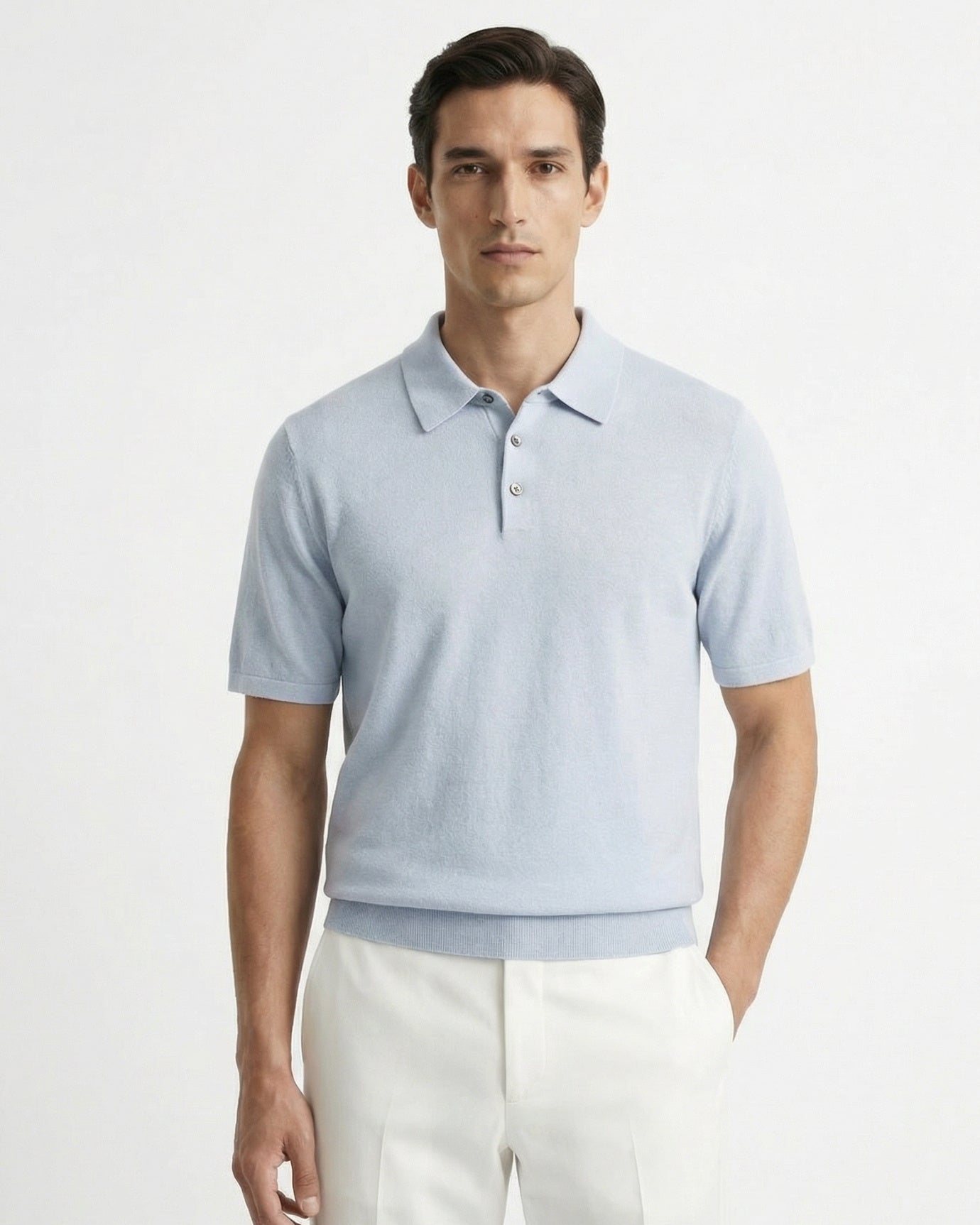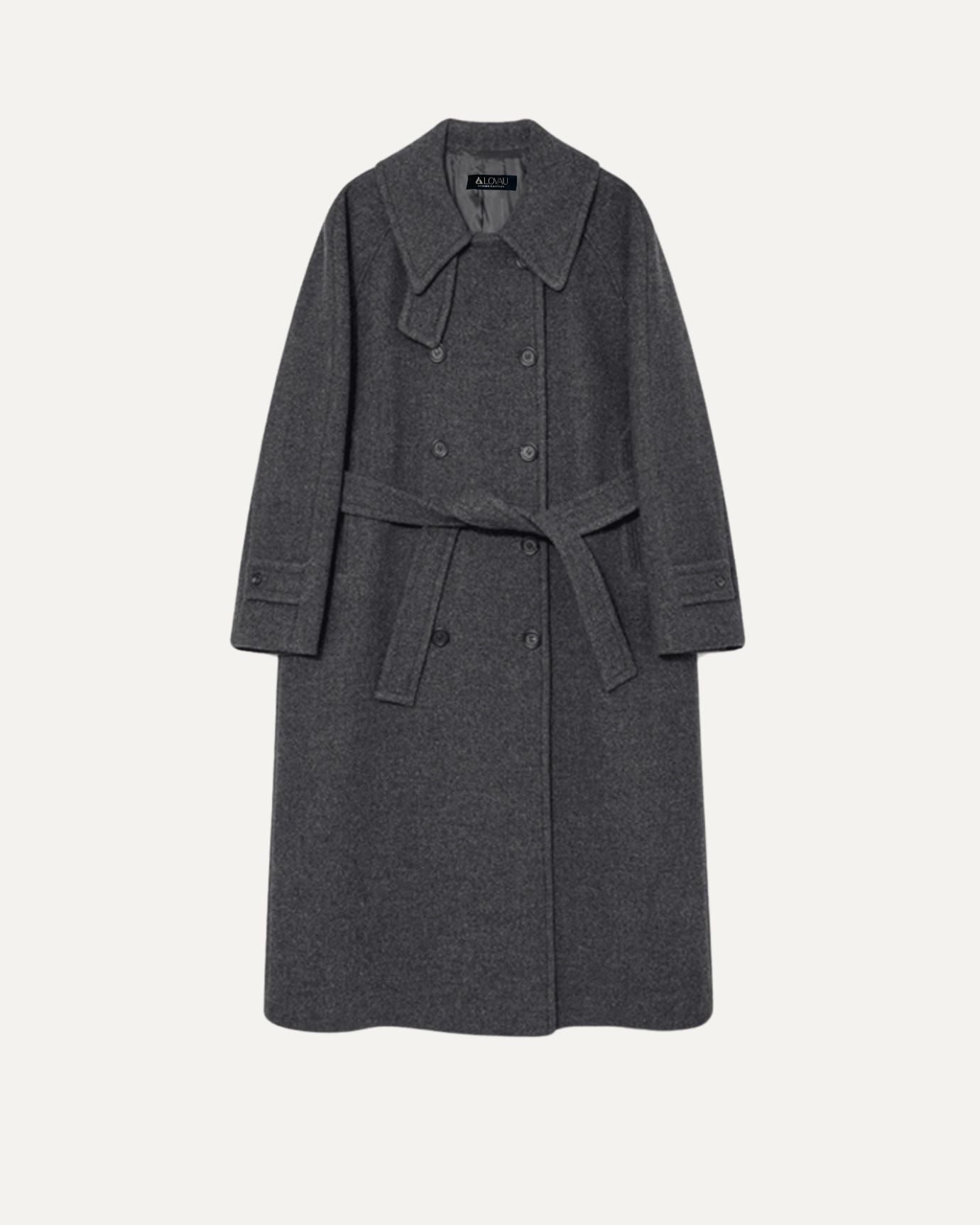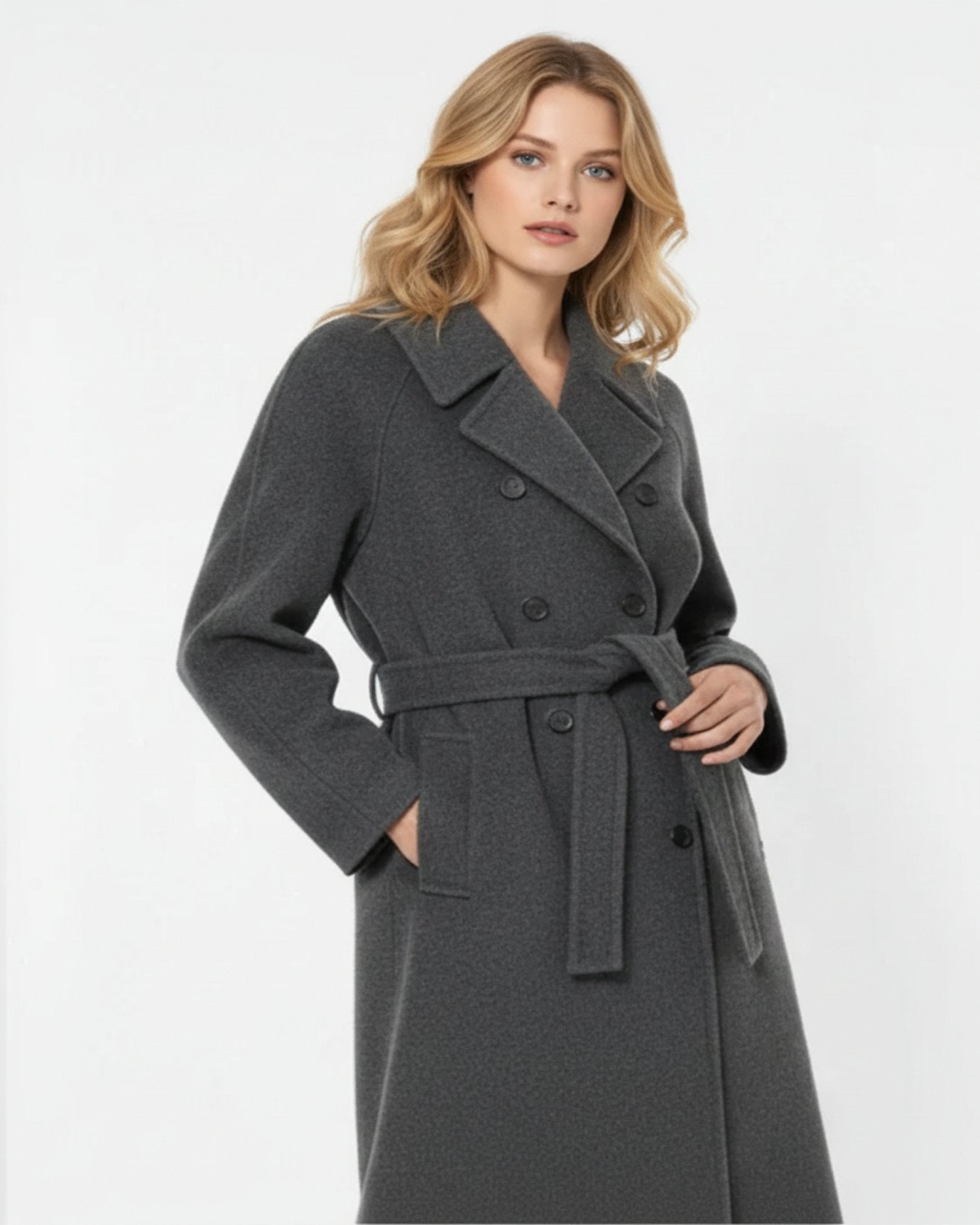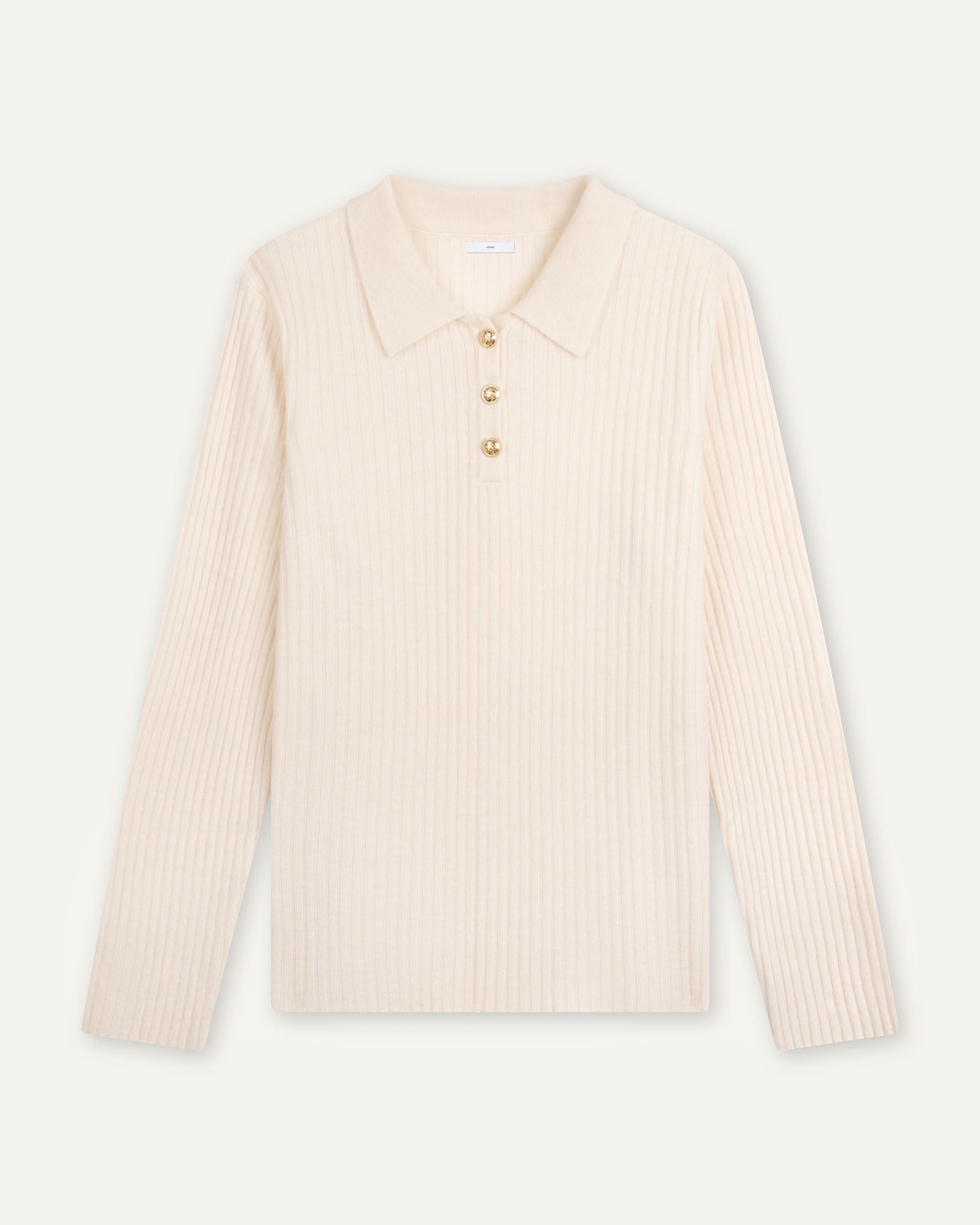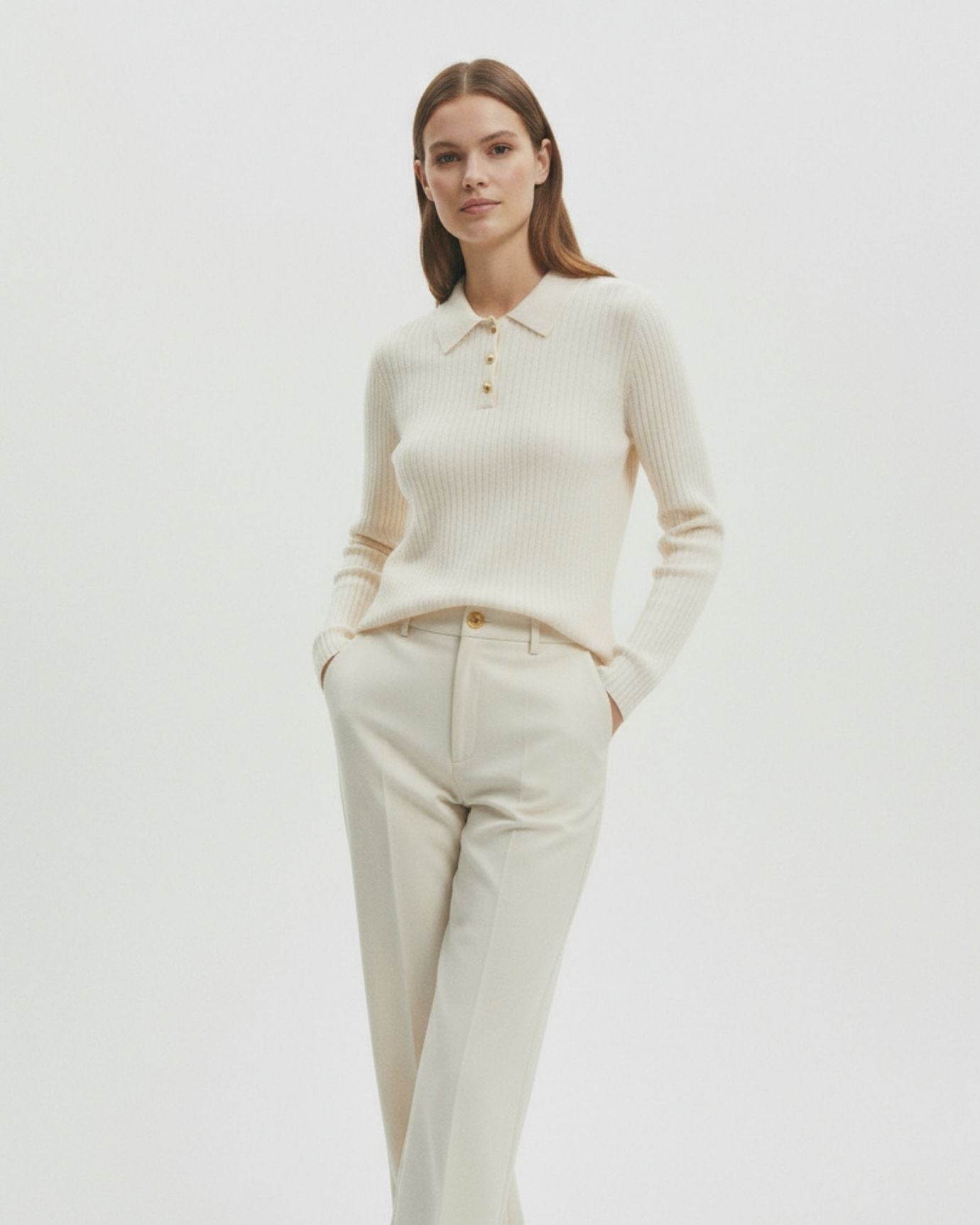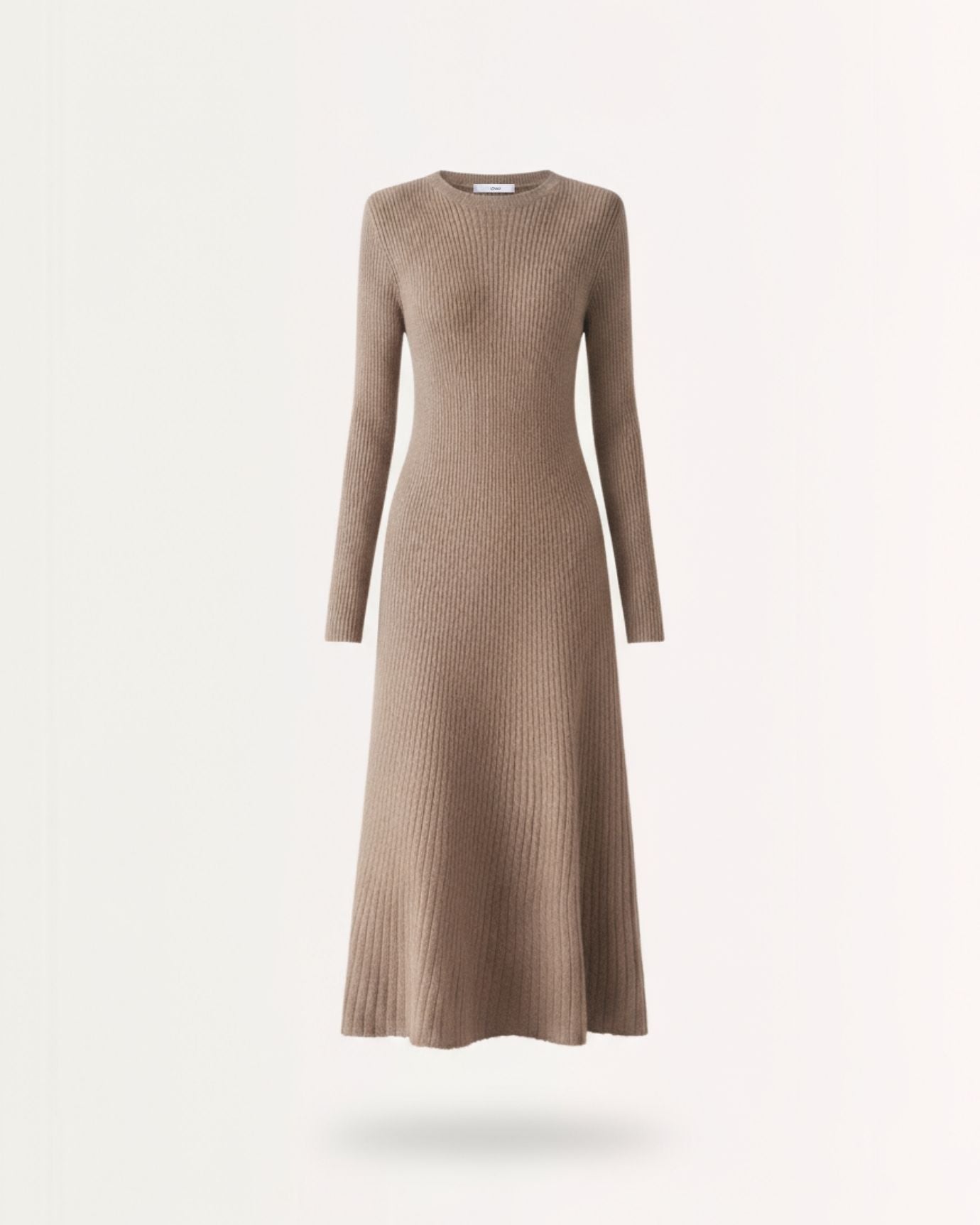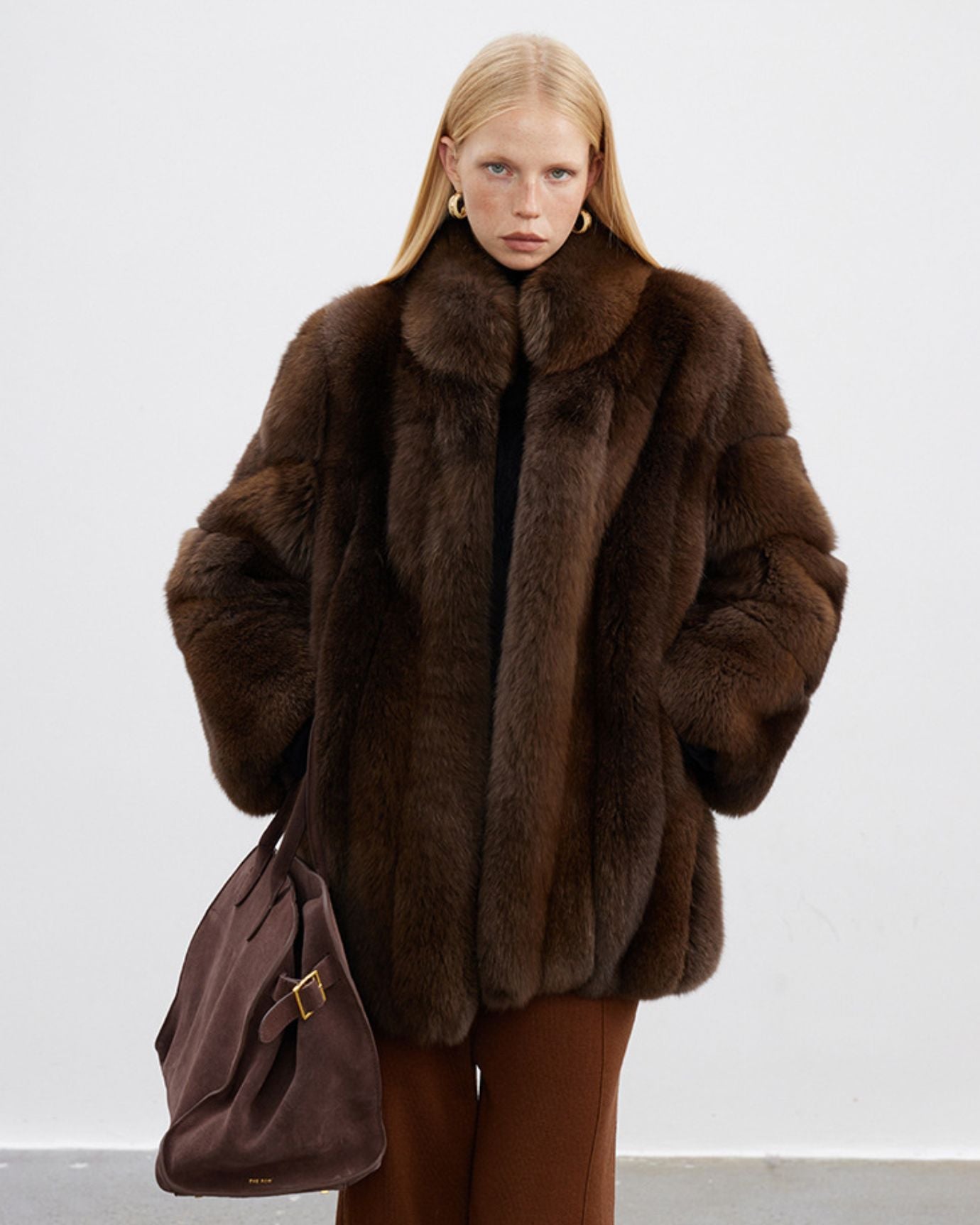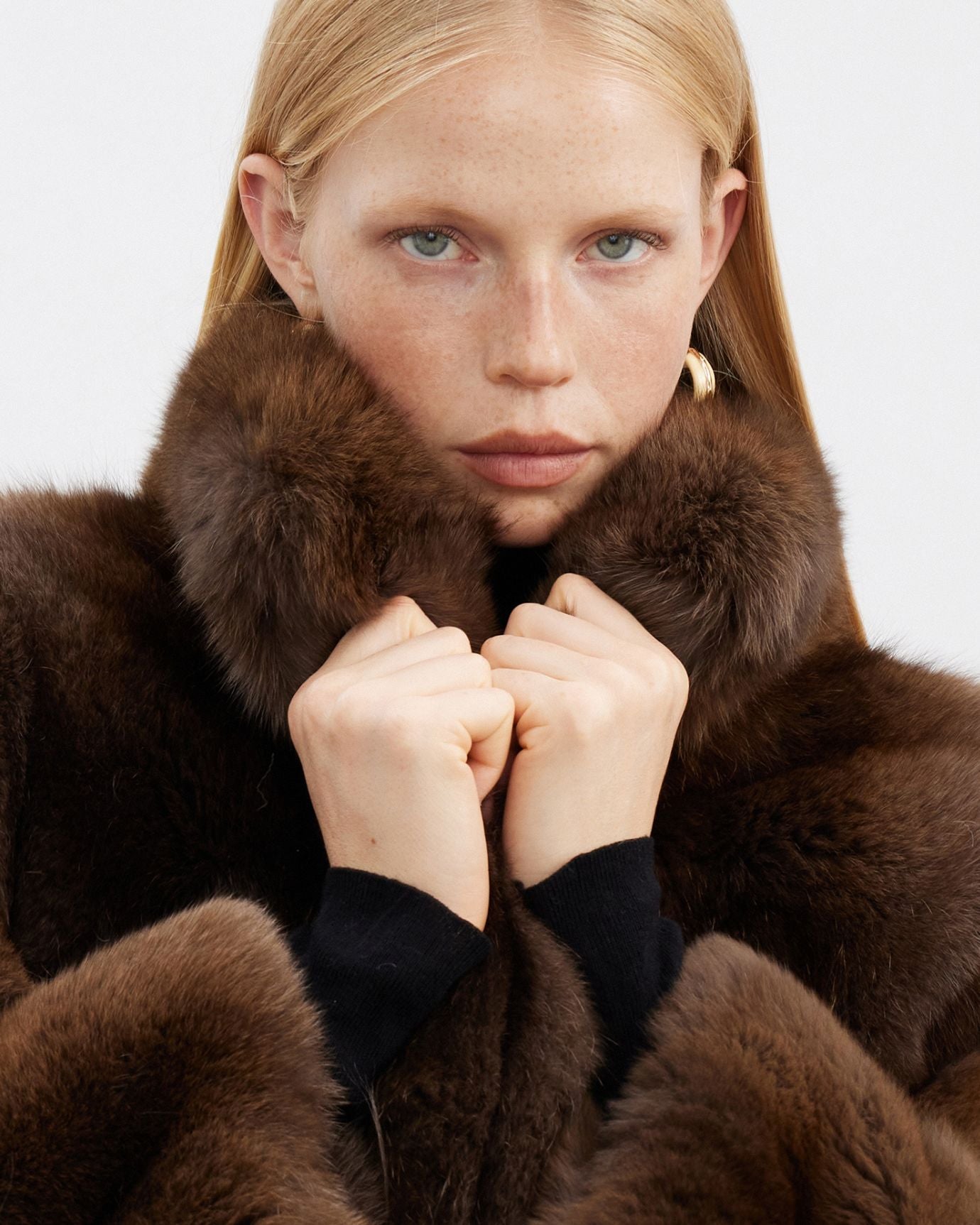In the world of old money fashion, black occupies a delicate position. Unlike the modern minimalist who leans on black as a daily uniform, old money style uses black sparingly and purposefully. While it remains a color of elegance, authority, and solemnity, its overuse can signal flashiness or a misunderstanding of timeless taste. This post explores when black belongs in an old money wardrobe—and when it should be gracefully set aside.
Why Black Is Not Always an Old Money Staple
Old money fashion favors subtlety, softness, and lived-in richness. Earth tones, off-whites, soft navies, and faded pastels dominate the color palette. In contrast, black can feel stark, urban, and too assertive.

That’s not to say black is banned. It’s just reserved. Worn thoughtfully, it radiates sophistication. Overused, it can feel like a shortcut rather than a cultivated choice.
When Black Works in Old Money Wardrobes
Black thrives in specific scenarios within the old money world—particularly when it complements tradition, simplicity, and refinement.
1. Formal Eveningwear
Nothing conveys quiet power like a black evening gown or a tuxedo. In black-tie settings, black is not only appropriate—it’s expected.
-
Women: Opt for floor-length silhouettes in silk, velvet, or crepe. Keep embellishments minimal.
-
Men: A classic black tuxedo with satin lapels and a bow tie is the gold standard of timeless masculine elegance.
2. Winter Outerwear
Black coats in wool or cashmere offer warmth without compromising on sophistication. They pair well with muted tones like camel, gray, or cream.
-
Best Picks: Peacoats, belted wrap coats, or tailored overcoats with clean lines and no logos.
3. Leather Accessories
Black leather can exude aristocratic restraint when used in small doses.
-
Think: Slim belts, riding boots, heirloom handbags, or a discreet wallet. These add structure without overwhelming an outfit.
4. Funerals & Religious Ceremonies
Tradition demands solemnity, and black is the color of respect in many cultures. In these moments, old money families lean on formality and restraint rather than expressive fashion.
When to Avoid Black in Old Money Style
The old money aesthetic avoids black in situations where it might come across as harsh, try-hard, or overly modern.
1. Daywear in Spring & Summer
Old money summer looks are defined by breezy linens, light cottons, and gentle neutrals. Black in daylight—especially in hot climates—can feel severe and impractical.
-
Better Options: Choose white, cream, dusty blue, or pale gray instead of black tops or pants.
2. Excessive All-Black Outfits
Wearing head-to-toe black can appear fashion-forward in a way that contradicts the quiet elegance of old money tradition. It risks giving off a “new money” or fashion editor vibe.
-
Alternative: Mix black pieces with earth tones or classic navies to soften the contrast.
3. Loud Black Logos or Trends
Black in ultra-modern cuts, synthetic fabrics, or covered in branding is an instant departure from aristocratic taste.
-
What to Skip: Black patent leather with gold chains, monogram-heavy bags, or tight bodycon dresses.
How to Style Black the Old Money Way
1. Keep It Classic
Choose timeless silhouettes: a black wool blazer, cigarette pants, or a bateau-neck black sweater. These will never go out of style.
2. Pair with Texture
Black cotton can fall flat. Black cashmere, silk, velvet, or leather adds depth and old-world luxury.
3. Balance with Neutrals
Let black serve as an anchor. Pair a black skirt with a cream blouse, or a black turtleneck under a camel blazer.
4. Let Accessories Lead
A black headband, silk scarf, or elegant handbag can bring polish to an otherwise neutral outfit—without dominating it.
Style Examples for Women
-
Winter Lunch Date: Black cashmere turtleneck, tan wool trousers, and a black belt with gold hardware.
-
Evening Gala: Black floor-length silk gown, minimal diamond studs, and a satin clutch.
-
City Errand Day: Black ballet flats, cream ankle pants, and a gray knit top under a black trench.

Style Examples for Men
-
Dinner Party: Black blazer with gray trousers and a navy shirt.
-
Church Service: Black overcoat, taupe sweater, and pressed cream chinos.
-
Winter Walk: Black wool scarf, olive knit sweater, dark denim, and Chelsea boots.
Black as a Symbol in Old Money Circles
In aristocratic settings, black is less about fashion and more about purpose. It's worn to signify solemnity, formality, or restraint—not edginess or dominance. That distinction matters. Old money fashion is about tradition, not trend.
Final Thoughts: Use Black with Intention
In the refined world of old money style, black is not a staple—but a statement. It must be worn with understanding, context, and care. When used intentionally, it adds gravity and grace. When overused, it risks clashing with the quiet luxury that defines generational wealth. Remember, old money fashion isn't about looking rich—it’s about looking like you belong.





